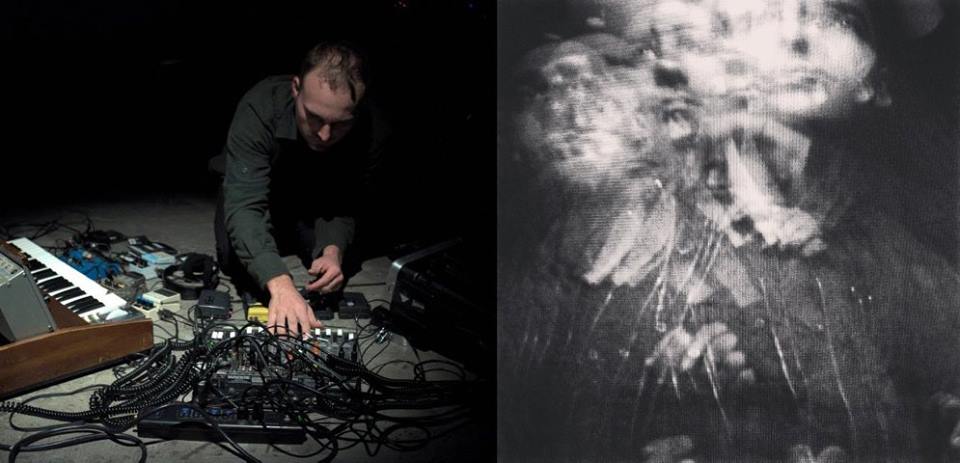
The “don’t be a stranger” series, curated by composer Danny Clay, invites amazing folks to share the weird and wonderful things they’re doing for the world of music, both in the Bay Area and beyond.
About Aria and Daniel:
Daniel Blomquist lives and works in San Francisco, Ca. He received his MFA from the San Francisco Art Institute. He has been a part of various bay area based experimental groups and collaborations for the last 16 years. His current work looks at processed media, the act of transformation and the nature of analog and digital technology.
Aria Rostami moved to San Francisco in 2006 where he currently lives. He started playing music in 1997 and recording and producing music in 2004. Rostami’s first release was on Audiomoves (later re-issued on Audiobulb) in 2011 and has also released on Crash Symbols and Spring Theory. Rostami’s latest album, Sibbe, was released on Audiobulb on September 30th, 2015 and examines the role of technology in the information age and its influence on cultural identity.
Primarily, Rostami and Blomquist’s source material focuses on voyeurism, digital information, the exchange of that information, and non-involvement or surrendering aspects of creative control. By using source material that is given to Rostami and Blomquist by others or created based on information rather than intent, the work can take into account aspects of both commercial and non-commercial factors. Another way to understand “non-commercial factors” is to consider modern technology’s non-entertainment based information, such as interpersonal communication, as a representation of modern life and on its own lacks a marketable value. This process attaches value to personal information much like the NSA or search engines do when mining your information. By introducing audio based on or taken from modern means of communication and the proliferation of media/entertainment, Rostami and Blomquist can introduce factors of today’s non-commercial and commercial cultures in a way that is understood through modern life.
In the spirit of outsourced recordings (recordings sent to us or sampled from the internet), basic elements of composition are outsourced as well. Some piano pieces are created by answering a simple questionnaire Rostami created that uses letters, colors, numbers, major verse minor, and picking between flat, natural and sharp to create a framework for a composition. The letters and the choice of flat, natural or sharp refer to the starting note, the major verse minor indicates whether the note will be part of a major or minor chord, the colors refer to notes based on Rostami’s synesthesia and the number refers to an interval. After the framework is created, Rostami creates a song on the piano, records and sends it to Blomquist who in turn manipulates it. In some cases, Rostami recorded the material using the audio recording option for the app Viber. Rostami used Viber to communicate with a friend who was visiting Iran. Since he had asked her to fill out the survey through the app, he also recorded the material through the low quality recording interface. Sometimes this material is thrown back and forth and sometimes it’s processed only once or barely touched. The recording is then turned into a loop and recorded to tape. This system was developed to mimic other aspects of Rostami and Blomquist’s process by surrendering control and allowing the origin of the composition to come from somewhere else, much like field recordings, audio sent from friends, live processing of recorded material, and sampling would.
Time, entropy, and decay are central factors in Rostami and Blomquist’s live improvisations. For live performances Blomquist works with samples gathered and manipulated digitally and then dubbed to tape, reconstituting the quality and predictability of the digital source material. By using loops, Blomquist can take a short audio clip and concentrate on processing it live and allow for improvised changes to that recording over long periods of time. Rostami adds in an extra layer of drones, fuzz, melodic ambiance and crescendos with his synthesizer. Their compositions explore dynamic relations between digital and analog sound creating quiet transitions and soaring peaks.
Rostami and Blomquist take specific factors of our heavily information based society and embrace the human side of this culture while also acknowledging that this can be both progressive and intrusive.